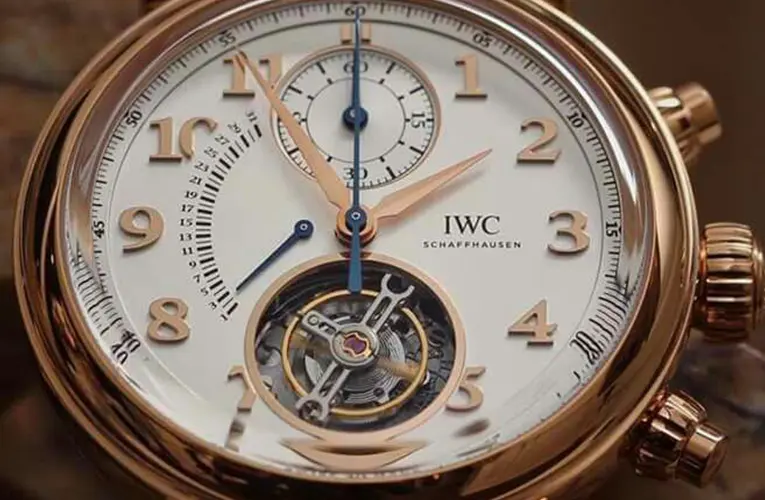Introduction
– Importance of luxury watches as symbols of status and craftsmanship.
– Definition of key terms (e.g., luxury watch brands, high-power individuals).
– Purpose and scope of the article.
Section 1: Overview of the Luxury Watch Market in North America
– Market size, growth trends, and demographic insights.
– Influence of economic factors and consumer behavior among high-power individuals.
Section 2: Characteristics of High-Power Individuals
– Definition and attributes of high-power individuals.
– Motivations for choosing luxury watches as a statement of personal style and achievement.
Section 3: Key Factors Influencing Luxury Watch Brands
– Brand Heritage and Reputation:
– Profiles of iconic luxury watch brands (e.g., Rolex, Patek Philippe, Audemars Piguet).
– Evolution of craftsmanship and innovation in watchmaking.
– Design and Technical Excellence:
– Comparison of complications (e.g., chronograph, tourbillon).
– Materials used (e.g., precious metals, ceramic, titanium).
– Collectibility and Limited Editions:
– Rarity and exclusivity of limited production models.
– Investment potential and resale value.
Section 4: Comparison of Popular Luxury Watch Brands
– Swiss Luxury Watch Brands:
– Rolex: Submariner, Daytona, and GMT-Master models.
– Patek Philippe: Calatrava, Nautilus, and complications like perpetual calendars.
– Audemars Piguet: Royal Oak, Royal Oak Offshore, and haute horlogerie innovations.
– Other European and American Luxury Watch Brands:
– Omega: Speedmaster, Seamaster, and partnership with NASA.
– TAG Heuer: Carrera, Monaco, and pioneering in sports chronographs.
– Breitling: Navitimer, Superocean, and aviation-inspired timepieces.
Section 5: Preferences and Trends Among High-Power Individuals
– Factors influencing purchase decisions (e.g., brand prestige, design aesthetics).
– Trends in watch sizes, materials, and complications preferred by high-power individuals.
– Case studies of popular models and their appeal among high-profile collectors.
Section 6: Retail and Distribution Channels
– Influence of authorized dealers and boutiques on brand perception.
– Online retail trends and digital marketing strategies in luxury watch sales.
– Role of personal relationships and concierge services in luxury watch acquisition.
Section 7: Technological Advancements and Innovation
– Integration of smart technology in luxury watches.
– Trends in sustainable practices and ethical sourcing of materials.
– Impact of innovations on traditional watchmaking craftsmanship.
Section 8: Collector’s Market and Investment Considerations
– Analysis of the secondary market for luxury watches.
– Factors influencing resale value and appreciation over time.
– Strategies for collecting and investing in luxury timepieces.
Section 9: Brand Strategies and Marketing Campaigns
– Analysis of brand positioning strategies (e.g., sponsorships, brand ambassadors).
– Impact of digital marketing and social media on brand engagement.
– Case studies of successful marketing campaigns and their impact on brand perception.
Section 10: Future Outlook and Emerging Trends
– Predictions for the future of luxury watch brands in North America.
– Innovations in design, technology, and consumer preferences.
– Recommendations for high-power individuals navigating the evolving luxury watch market.
Conclusion
– Summary of key luxury watch brands and trends discussed in the article.
– Reflections on the dynamic nature of luxury watch markets among high-power individuals.
– Final thoughts on the enduring appeal and significance of luxury watches in personal style and status.
References
– Comprehensive list of sources cited throughout the article, including industry reports, watch publications, expert interviews, and collector forums.
Word Count Considerations
– Ensure each section is balanced in terms of word count to fit within the 15,000-word limit.
– Allocate appropriate space for detailed brand profiles, technical descriptions, market analyses, and consumer behavior studies.
